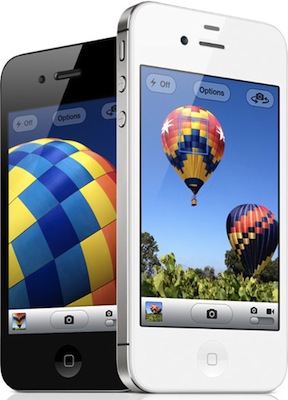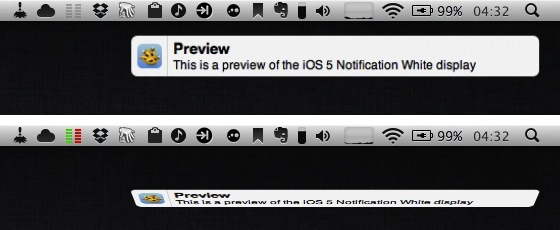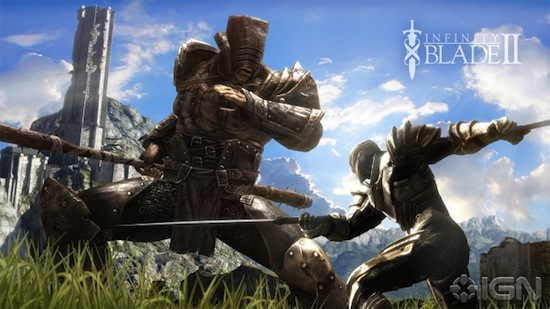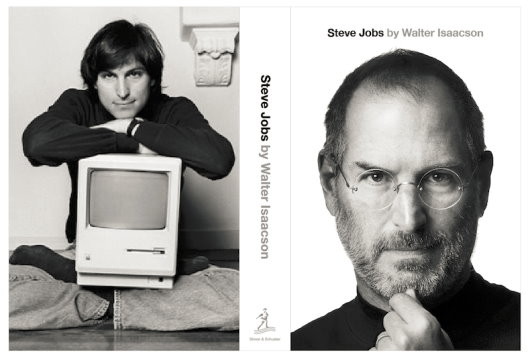iPhone 4S Vs. “Real” Digital Cameras
Chris Foreman at Ars Technica takes a look at the iPhone 4S’ camera compared to an iPhone 4, a Samsung Galaxy SII, an Olympus XZ-1 and a Canon 20D. Obviously, the iPhone 4S’ improved camera and optics turn out to be a recommended upgrade:
In real life use, each camera has a mix of benefits and drawbacks. The iPhone 4 was our previous favorite in smartphone cameras, and the iPhone 4S improves on that. The lens is a bit sharper and the hybrid IR filter seems to improve color rendering and possibly white balance. The new sensor also seems to have slightly less noise, better dynamic range, and three million more pixels to work with.
The combination of an updated sensor and the dual-core A5 processor also make the iPhone 4S much faster to start up and take pictures. It was nearly as fast at launching, focusing, and snapping sequential images as the Olympus XZ-1, and certainly faster than previous compact cameras we have used.
However, when compared to other cameras, it really is about convenience VS. options and full control, rather than just “quality” alone. Sure, DSLR still offers higher quality and reliability in several areas, but the iPhone 4S’ camera is more than good for still pictures both indoors and outdoors. More importantly, the iPhone 4S combines decent picture quality with the added convenience of having a great portable camera in your pocket with you all the time – a device that’s also capable of running software (apps) and being enhanced with hardware add-ons (tripods, lenses, etc.). And for many, having a camera like the one found in the iPhone 4S for a device that also happens to be a phone and a gaming machine might just be enough to capture moments of their next trip and quickly edit everything in iPhoto. The software plays an important role in the 4S’ big picture.
Check out Ars’ full report with comparative shots here.










